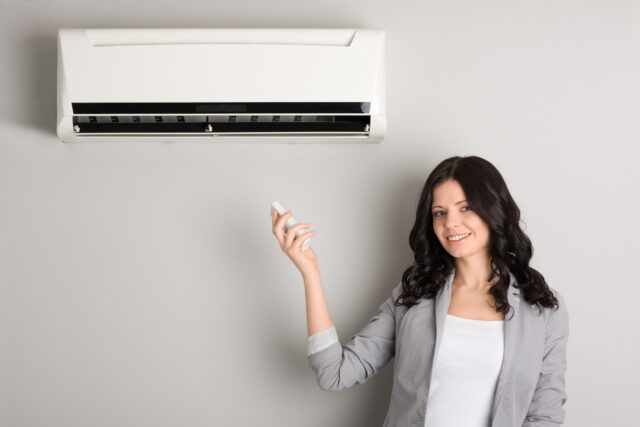
With the summer heat on the rise, homeowners without ducts in their houses may wonder about the cost of installing an AC system.
Today’s cost guide provides valuable information on AC installation for homes without existing ductwork, including equipment and labor expenses, factors affecting costs, and tips for reducing overall investment.
After reading today’s cost guide, you can click here to learn more about installing HVAC systems in homes without ducts.
Equipment Costs
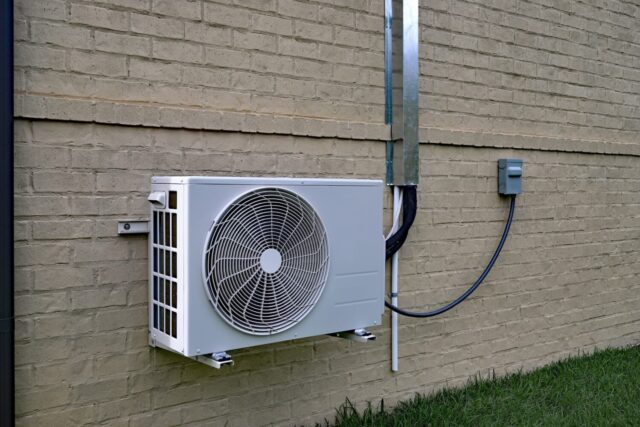
Purchasing new equipment constitutes a significant expense when installing AC in a house without ducts. Ductless mini-split systems and window units are available at various price ranges, offering different efficiency levels.
For example, a single-zone ductless mini-split system may cost between $1,500 and $3,000 or more, depending on the capacity and brand. If multiple rooms require cooling or a multi-zone configuration is necessary, costs will increase accordingly. Additional components like air handlers can also contribute to the total bill.
Labor Costs
Labor costs play a significant role when installing AC without ducts. The complexity of the job and the contractor’s experience determine the cost of labor.
Installing a ductless mini-split system is less labor-intensive than installing a central air conditioning unit that requires new ductwork. While some homeowners may consider a DIY approach to save money, professional installation is recommended to avoid costly repairs and safety hazards.
Factors Affecting the Cost of AC Installation Without Ducts
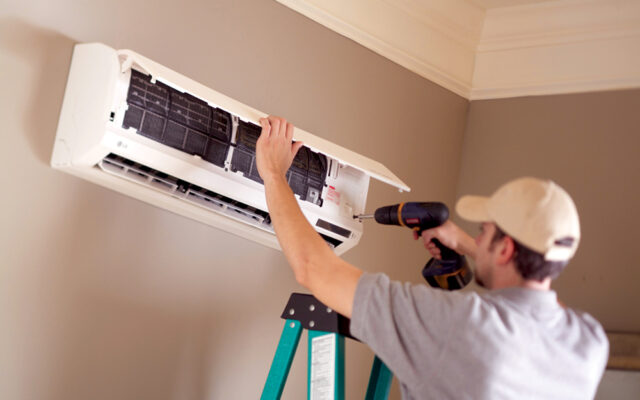
Several factors influence the cost of installing AC without ducts, including the type and size of the AC unit, the existing electrical system, and insulation. Local labor rates, specific to your region, and any potential permit or inspection fees can sway the total price.
The accessibility of the installation site also matters as complicated installations might add to labor charges. The professional expertise of the installer and their reputation in the market can also affect the pricing.
Type and Size of AC Unit
The type and size of the AC unit impact installation costs. Ductless mini-split systems are popular for their lack of ductwork, resulting in lower labor costs. Choosing the right size unit is crucial to avoid inefficiencies and higher energy bills.
Investing in a high-efficiency system may increase upfront costs but provide long-term savings.The brand and model of the AC unit can influence the cost. Some premium brands may charge more for their units, but these often come with extended warranties and superior customer service, offering potential long-term value.
Existing Electrical System
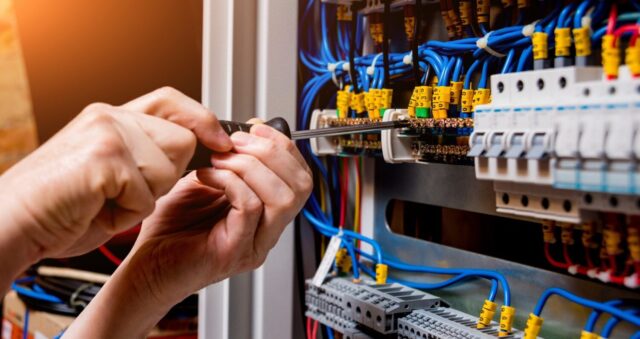
The existing electrical system should be considered when installing AC without ducts. Ensuring that the electrical panel can handle the extra demand from the HVAC system is vital. Upgrading the electrical panel and wiring may be necessary to prevent circuit breaker tripping or system damage.
Older homes with outdated wiring may require rewiring for safety and efficiency, leading to additional costs. The presence of other high-energy appliances in the house and their usage pattern can also affect the overall capacity needed from the electrical system, leading to potential modifications and associated costs.
Insulation
Proper insulation is essential for efficient and cost-effective AC installation without ducts. Adequate insulation prevents heat from seeping into the home, maintaining a consistent temperature and reducing utility bills. Optimizing insulation and air sealing during installation enhances cooling efficiency and lowers costs.
The type and quality of insulation materials used, the size and architectural characteristics of the house, such as the number and type of windows and doors, and whether there is a basement or attic, can further influence the overall effectiveness of the insulation and the final cost of the project.
Tips for Cost-Effective AC Installation Without Ducts
Researching and comparing quotes from multiple contractors, choosing an efficient system that matches your home’s needs, and optimizing insulation and air sealing are key to cost-effective AC installation without ducts. These strategies can help you save money while ensuring optimal comfort in your home.
Research and Compare Quotes
To save money, research and compare quotes from multiple contractors. Get recommendations from friends or family, check online reviews, and request quotes from different HVAC companies. Ensuring that each quote provides an itemized breakdown of costs allows for fair comparisons and avoids hidden fees. Homeowners can negotiate with contractors and secure a great system at a reasonable price point.
Choose an Efficient AC System
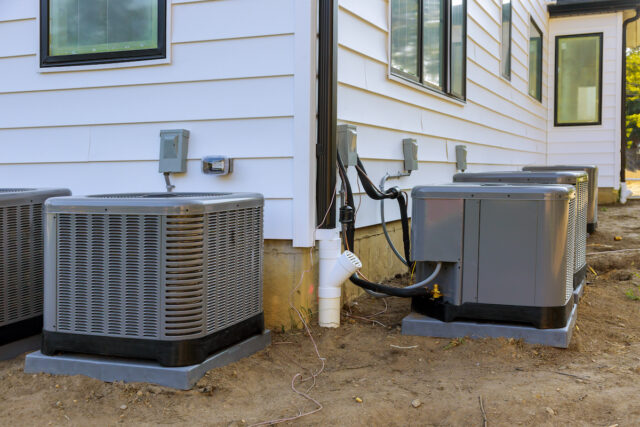
Consider factors such as space size, cooling needs, and energy efficiency ratings when selecting an AC system. Higher SEER ratings reduce long-term operating costs, although the upfront cost may be higher. Zoning capabilities are useful for homes with varying temperature needs. These features can help optimize energy usage and maximize comfort throughout your living spaces.
Properly Size the AC Unit
Professional HVAC technicians consider square footage, ceiling height, insulation levels, and window types to determine the appropriate AC unit size. Avoid assumptions based on previous experiences or neighbors’ setups to ensure comfort and energy efficiency. Getting a professional assessment of your specific needs will help you avoid the pitfalls of an undersized or oversized unit.
Optimize Insulation and Air Sealing
Maximize AC unit efficiency by adequately insulating and sealing the home. Use weather stripping or caulking to seal air leaks around windows and doors. Consider adding insulation to walls and ceilings to prevent heat penetration during the summer months. Proper insulation and air sealing not only enhance your AC’s performance but also contribute to lower energy bills and a more comfortable indoor environment.
Conclusion
Installing an AC system in a house without ducts is possible with the right equipment and installation techniques. Understanding the cost breakdown and factors affecting installation costs allows homeowners to make informed decisions and choose an efficient AC system.
It is important to consider not only the upfront equipment and installation costs but also the long-term savings in energy consumption.
Factors such as the complexity of the installation, the need for electrical upgrades, and any necessary modifications to the home’s structure can influence the overall cost. Proper sizing and insulation optimization are crucial for energy efficiency and cost reduction, as they ensure that the AC system operates at its optimal capacity, minimizing wasted energy and maximizing cooling performance.









